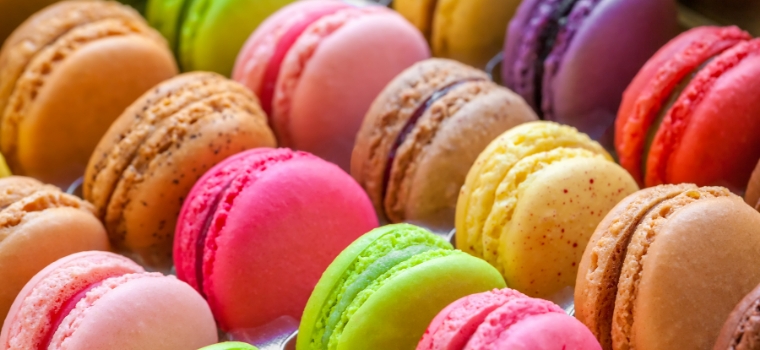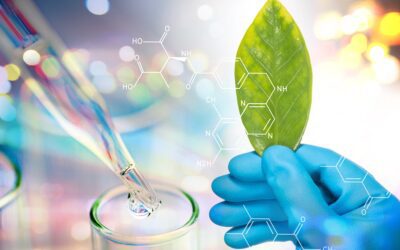Food Color Testing

Cultivator Phyto Lab provides the best-in-class food color testing results within fastest turnaround time. The FDA defines a color additive as dye, pigment, or substance which when added to a food, drug or cosmetic, or to the human body, is capable of imparting color. Generally, food color is just edible dye or pigment to give a preferable color to the food or beverage. Mostly these are derived from vegetables, plants, and animals but recently a lot of synthetic food colors have also evolved which are harmful for humans.
Given such a scenario, food colors have been restricted by the national and international statutory bodies like
- Indian Standards (IS)
- American Public Health Association (APHA)
- The Food and Drug Administration (USFDA)
- Food Safety and Standards Authority of India (FSSAI) manuals for analysis
- American Society for Testing and Materials (ASTM)
- Association of Official Analytical Chemists International (AOAC)
- American Oil Chemist’s Society (AOCS)
- American Spice Trade Association (ASTA)
- US-FDA Pesticide Analytical Manual (PAM)
- US-EPA Methods
- International Organization for Standardization (ISO)
- Ayurvedic Pharmacopoeia of India (API)
- Indian Pharmacopoeia (IP)
- Food Chemical Codex (FCC)
- In-house validated methods
And one must clear multiple benchmarks before entering the consumer world. Importantly, manufactures and producers are required to maintain high discretion in use of permitted food colors only in their products.
Let us ponder over the reason why food colors are important in products and how can manufacturers keep their products safe from harmful effects of synthetic food colors.
Reasons for including food colors:
- For visual enhancements of the product.
- For compensating color loss during product processing.
- For enhancing the natural color of the food or beverage.
- For creating festivity and novelty.
How manufacturers can keep their products safe:
By knowing that FSSAI allows the use of the following colorants:
- Carotene & Carotenoids including Beta-carotene, Beta-apo 8′- carotenal, Methyl ester of Beta-apo 8′ carotenoic acid, Ethyl ester of Beta-apo 8′ carotenoic acid, Canthaxanthin
- Riboflavin (Lactoflavin).
- Caramel
- Annatto
- Saffron
- Curcumin or turmeric
Along with these, the following synthetic colors are permitted to be used
- Red from: Ponceau 4R, Carmoisine, and Erythrosine
- Yellow from: Tartrazine and Sunset Yellow FCF
- Blue from: Indigo Carmine and Brilliant Blue FCF
- Green from: Fast Green FCF
Cultivators Phyto Lab extends one-stop, reliable, and assuring natural and synthetic food colors testing. There is an increasing trend worldwide to shift from synthetic to bio colors and the new-age producers must embrace them now.
NEWS AND BLOGS
Find up to date information, news releases, and corporate publications for Cultivator Phyto Lab customers
The Rise of Beauty in Ayurveda Nurture
Ayurveda, an ancient Indian medical system, emphasizes the balance of body, mind, and spirit to achieve optimal health and beauty. Ayurveda is based on the idea of the interconnectedness of all things, as well as nature’s ability to heal and renew. In recent years, Ayurvedic concepts have permeated several facets of wellness, including skincare, haircare, and overall lifestyle practices, gaining popularity for their effectiveness and gentle, holistic approach.
Why people should take seriousness on trans fatty acid
People are concerned about nutritious foods as a typical first line of healthiness, but knowing what to accept or reject in their diet is important, so we're trying to better understand some crucial facts concerning fatty acid profiling, which is part of our daily...
Beware antinutrients may censor nutrients in your delicious food
Insights of Antinutrients Antinutrients are natural compounds found in a variety of foods, primarily grains, beans, legumes, and nuts. They can potentially reduce vitamin and mineral absorption, as well as other nutrients and micronutrient levels. These compounds can...



